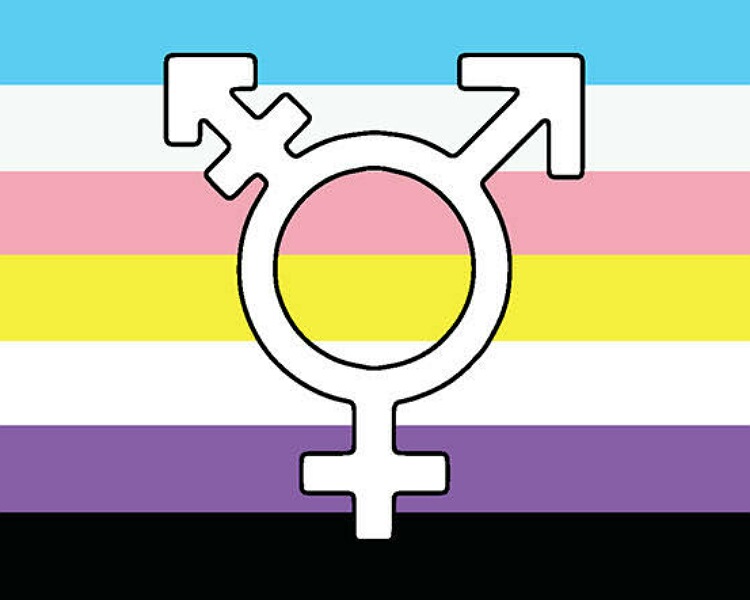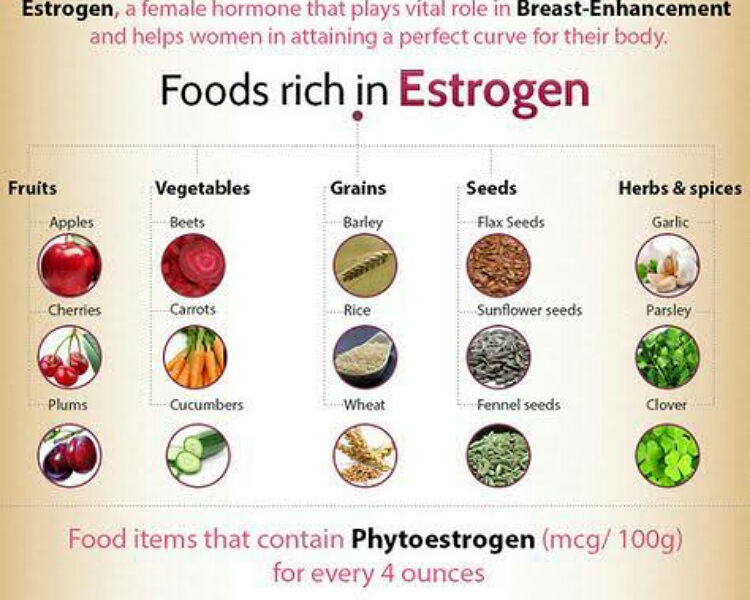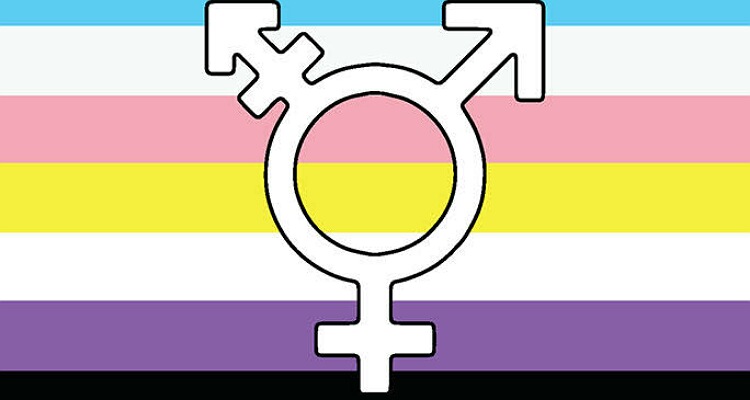There is a growing population of transgenders and nonbinary people in the USA. When experts make food guidelines, they are usually age and gender-based. Traditionally, the nutrition guidelines are for male and female gender but what about those that fall in the middle? There is very little research on nutritional requirements of these people.
Transgender and nonbinary population of the USA
The number of transgender people and those who are nonbinary is steadily rising in the USA. A recent Pew research study has shown that 1.6% of Americans call themselves transgender or nonbinary (different gender from that they were assigned at birth). This figure is higher in the younger people. Around 5% of people under the age of 30 years identify themselves as either transgenders or nonbinary.

By convention until now, the nutrition assessments and guidelines were gender-specific or age-specific. There are set of guidelines for each gender: men and women. But what about these people who are in the middle? They have their own specific food requirements and hence require their own nutrition guidelines. Are there any for them?
What experts say on nutrition guidelines for trans and nonbinary people?
The experts dealing with trans and nonbinary people admit that there are no specific guidelines for nutrition. Not many studies in this aspect have been done on them. Taylor Wallace is a reputed food scientist. He is founder of the nutrition consulting firm called Think Healthy Group. Moreover, he is editor of two journals on nutrition. He stated that there is a growing interest in this field but there are no studies yet on them:
“The main thing is, you’ve got to talk with your health professional because the last thing you want to do be on a medication that a certain vitamin supplement or a certain diet regimen counters. Right now, we know a lot, for instance about the interactions of estrogen with nutrients. But we don’t know a lot about, for instance, when you give a male to female transitioning individual estrogen, and what that does to their calcium requirement.”

Taylor feels that one is left to guess. In order to have concrete data on this, more studies are needed.
Suggested Solution
Besides more studies in this direction to assess and advise on nutrition in trans people, Taylor wants to collect more info and data on this community from the LGBTQIA+ health organizations. These include Whitman-Walker Health. These organizations have longitudinal data on the trans community whom they are treating for more than 10 years now. He wants these doctors and scientists to acquire funds and carry out more research in this direction.

Read more: What Exactly Is Jaya Kelly? Is She A Transgender Person?
This would not be easy since NIH needs a proper research proposal before providing funds. The research should be of use for the trans community and there should also preferably be some promising preclinical data present before moving forward. All those who deal with treatment of this trans community can help in development of preclinical data, Taylor says.
